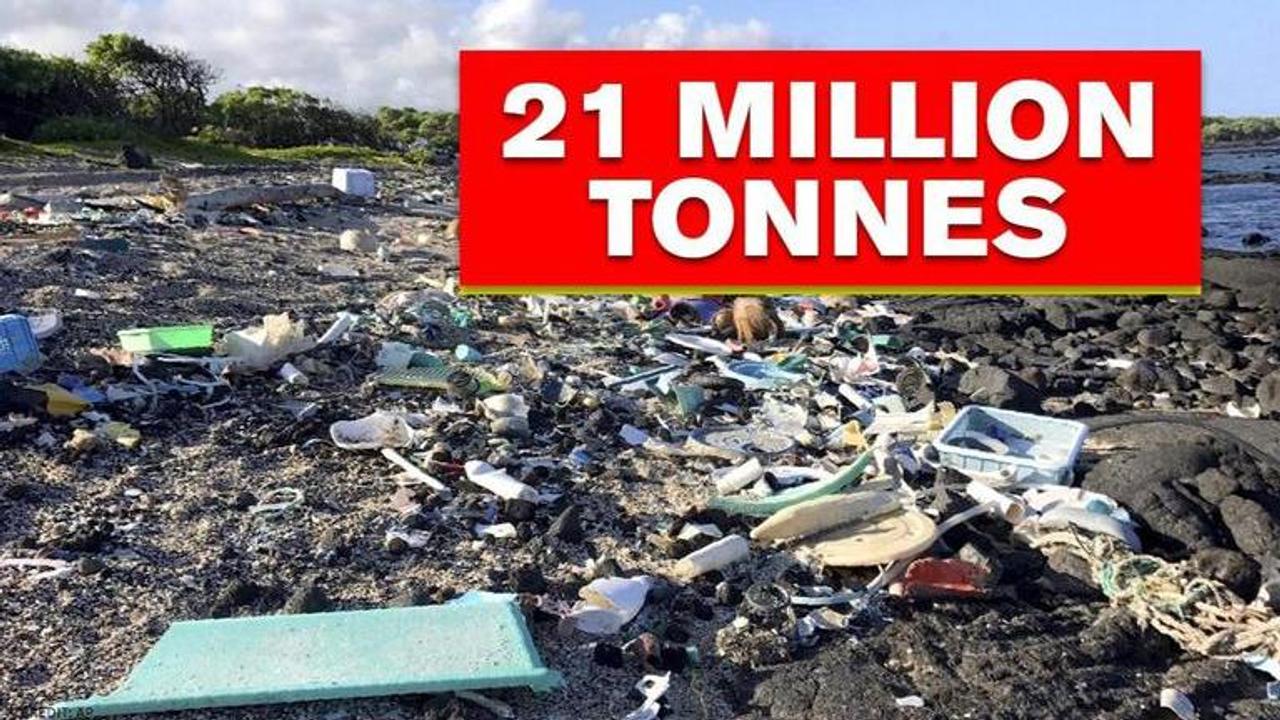Published 08:00 IST, August 20th 2020
Microplastic pollution at all-time high in Atlantic, 10 times worse than thought: Study
A study measured the top 200 meters of the Atlantic to find 12-21 million tonnes of microplastic in the world's second-largest ocean.
- Science News
- 2 min read

A study measured the top 200 meters of the Atlantic to find 12-21 million tonnes of microplastic in the world's second-largest ocean. According to a research paper published in the journal Nature Communications on August 18, the alarming presence of 'invisible' microplastics in the upper levels would estimate to 200 million tonnes of plastic in the entire ocean.
Although these numbers stand true only for three of the most common types of plastic in a limited size range, it is much higher than the previous estimation of 17 million tonnes which considered all plastic waste entering the Atlantic Ocean over a 65 years period (between 1950 to 2015).
'Invisible' microplastic particles
Dr. Katsiaryna Pabortsava, the lead author of the study, explained the huge disparity in the numbers and said that her team couldn't balance the mass of floating plastic observed with the mass first estimated to have entered the ocean since 1950 as the earlier studies had not been noting the concentrations of 'invisible' microplastic particles beneath the ocean surface.
She added that this was the first study to have noted microplastic pollution across the entire Atlantic Ocean and detected 7,000 particles per cubic metre of seawater. Dr. Pabortsava works with the United Kingdom’s National Oceanography Centre.
The study hopes to engage policymakers to re-estimate the world's plastic problem and the threat it poses to marine ecology. The three most common types of plastic trailed in the study, namely polyethylene, polypropylene, and polystyrene are used as packaging material. Moreover, microplastic pollution not just threatens nature but humans as well; a high concentration of microplastic in human organs could reach sub-lethal levels over time.
Updated 08:00 IST, August 20th 2020
